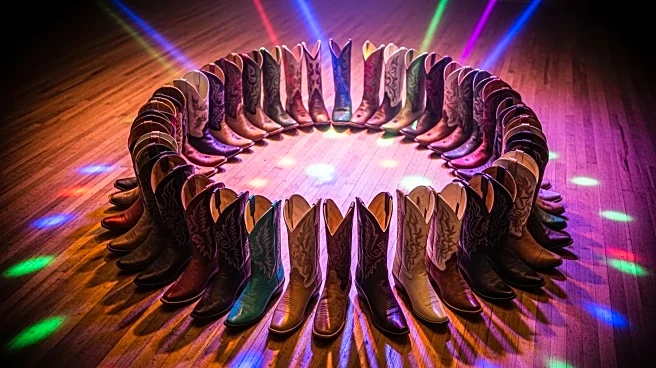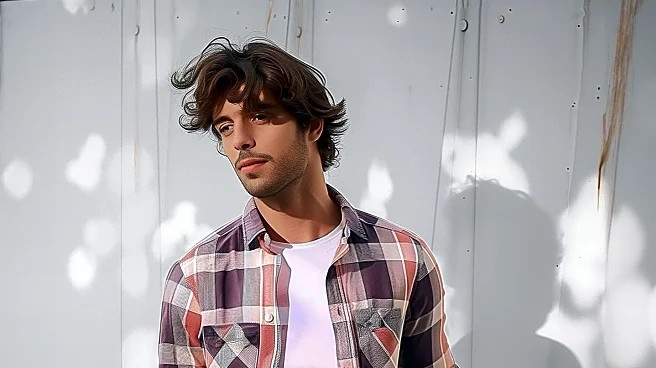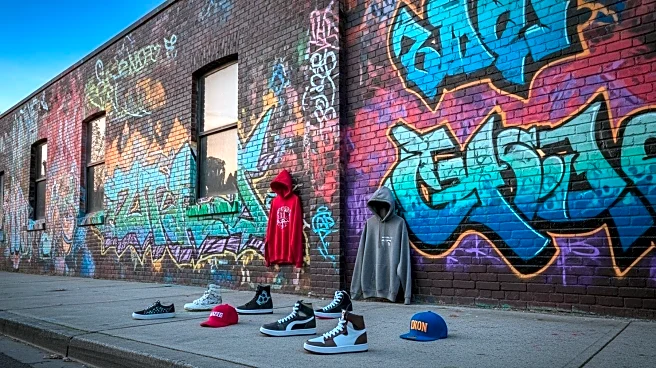What's Happening?
Line dancing, traditionally associated with older generations, is experiencing a resurgence in popularity among younger people, largely due to social media platforms like TikTok. Ava Stratford-Davies, a 16-year-old line dancer, has been instrumental in this trend by teaching classes and sharing tutorials online. The dance style, which involves choreographed steps performed in lines, has evolved to include a variety of music genres beyond traditional country, attracting a diverse audience. This shift is partly attributed to the influence of mainstream artists incorporating country elements into their music, making the genre more appealing to a younger demographic.
Why It's Important?
The renewed interest in line dancing highlights a cultural shift where traditional activities are being revitalized through modern platforms. This trend not only broadens the appeal of line dancing but also fosters community and social interaction among participants of all ages. The integration of diverse music genres into line dancing routines reflects a broader acceptance and appreciation of cultural diversity in entertainment. This development could lead to increased opportunities for dance instructors and event organizers, as well as a potential boost in the popularity of country music and related cultural activities.
What's Next?
As line dancing continues to gain traction, it is likely that more young people will engage with the dance style, further diversifying its demographic. Dance instructors and enthusiasts may capitalize on this trend by organizing more events and classes tailored to younger audiences. Additionally, the influence of social media will likely continue to play a significant role in shaping the future of line dancing, with new trends and routines emerging regularly. The ongoing popularity of country-inspired music could also contribute to the sustained interest in line dancing.
Beyond the Headlines
The resurgence of line dancing among younger generations underscores the power of social media in transforming cultural perceptions and breaking down stereotypes. This trend illustrates how traditional activities can be reimagined and adapted to fit contemporary tastes, promoting inclusivity and cross-generational engagement. The evolution of line dancing also highlights the potential for cultural practices to evolve and remain relevant in a rapidly changing social landscape.











